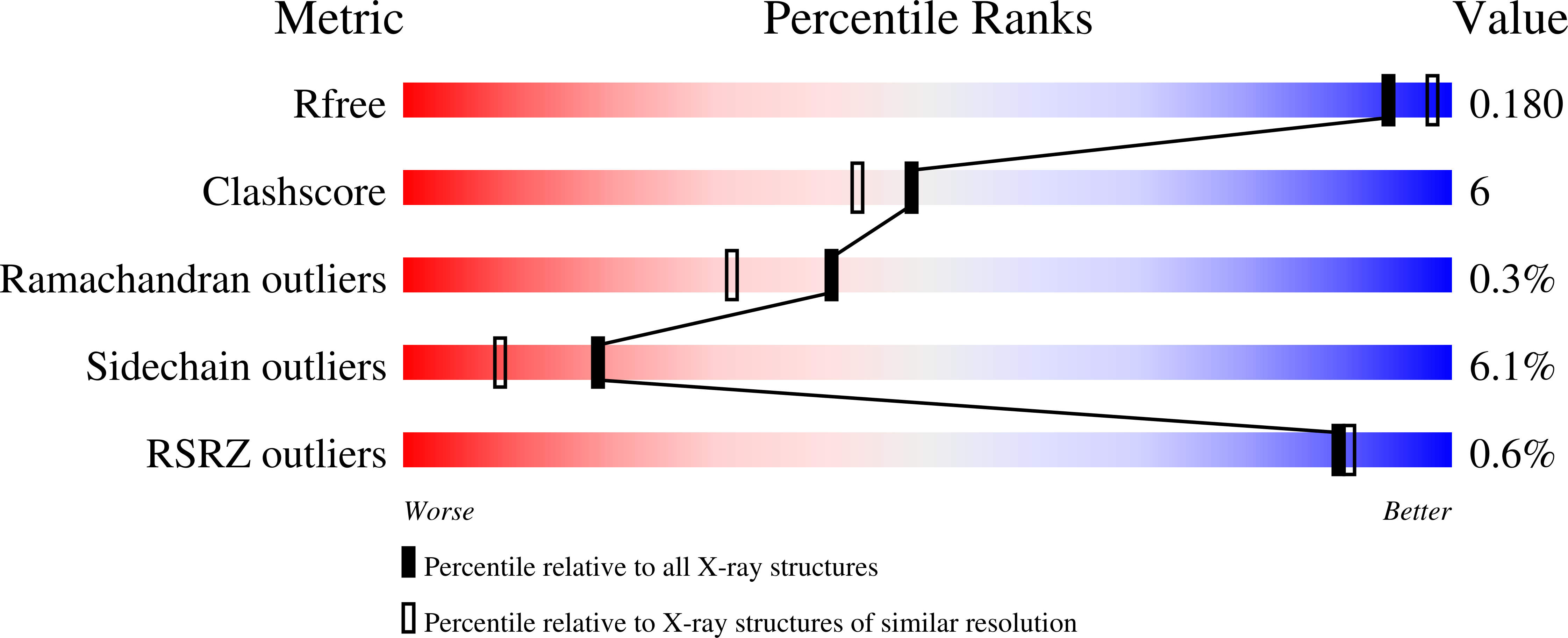
Deposition Date
2003-04-29
Release Date
2003-09-16
Last Version Date
2023-11-15
Entry Detail
PDB ID:
1P6B
Keywords:
Title:
X-ray structure of phosphotriesterase, triple mutant H254G/H257W/L303T
Biological Source:
Source Organism:
Flavobacterium sp. (Taxon ID: 239)
Host Organism:
Method Details:
Experimental Method:
Resolution:
1.90 Å
R-Value Free:
0.23
R-Value Work:
0.17
R-Value Observed:
0.17
Space Group:
C 1 2 1


